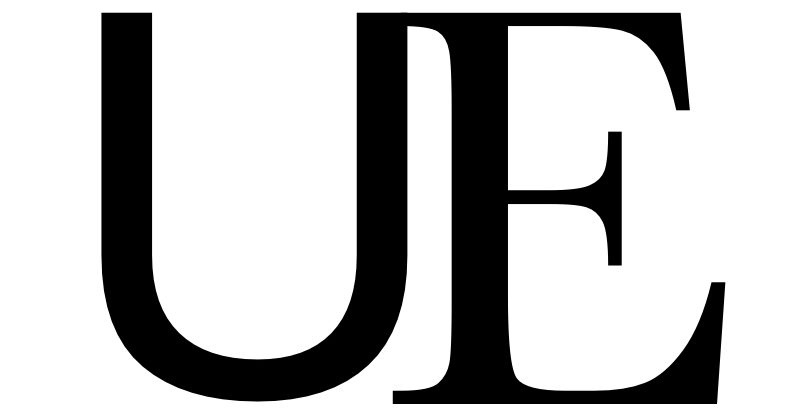It’s important to recognize this distinction because binary thinking around gender can exclude a large — and overlooked — part of the workforce. There are an estimated 1.4 million transgender adults in the United States today, representing about 0.6% of the adult population. In the United Kingdom, a recent survey found that 13% of the country’s LGBTQ+ community identified as transgender. And a recent study of teenagers in Minnesota found that 2.7% identify as transgender, genderqueer, or gender fluid (more on those terms later) or are unsure of their gender identification.
Unfortunately, these individuals often face serious discrimination at work or during the hiring process. A 2018 survey of transgender and nonbinary Britains found that over 50% hide their identity at work for fear of discrimination, while a 2015 report found that transgender residents of California were three times as likely to be unemployed as the rest of the adult population. There is currently no federal law in the US protecting people from employment discrimination on the basis of their gender identity or expression.
via 15 Gender Identity Terms You Need to Know to Build an Inclusive Workplace | LinkedIn Talent Blog
